HALF-TITLE
Chippewa Customs
TITLE
Chippewa
Customs

Frances Densmore
With an introduction by
Nina Marchetti Archabal

MINNESOTA HISTORICAL SOCIETY PRESS
COPYRIGHT
 The paper used in this publication meets the minimum requirements of the
The paper used in this publication meets the minimum requirements of the
American National Standard for Information SciencesPermanence for Printed
Library Materials, ANSI Z39.481984.
MINNESOTA HISTORICAL SOCIETY PRESS, St. Paul 55102
First published in 1929 by the Smithsonian Institution Bureau of
American Ethnology as Bulletin 86
New material 1979 by the Minnesota Historical Society
All rights reserved
International Standard Book Number 0873511425
Manufactured in the United States of America
10 9 8
Library of Congress Cataloging-in-Publication Data
Densmore, Frances, 18671957.
Chippewa customs.
(Publications of the Minnesota Historical Society)
Reprint of the 1929 Ed. published by the U.S. Govt. Print.
Off., Washington, which was issued as Bulletin 86 of Smithsonian
Institutions Bureau of American Ethnology
Ebook ISBN: 978-0-87351-661-7
Bibliography: p.
1. Chippewa Indians - Social life and customs. 2. Indians of
North America - Minnesota - Social life and customs. I. Title.
II. Series: Minnesota Historical Society. Publications. III.
Series: United States. Bureau of American Ethnology. Bulletin:
86.
E99.C6D38 1979 970.00497 79-15400
INTRODUCTION
INTRODUCTION TO THE REPRINT EDITION

There is no more significant figure in the study of American Indian music and culture than Frances Densmore. Her study of the customs of Minnesotas largest group of Indian people developed as a part of her research on music. Although she was a musician by training, her interest did not stop with music but went on to encompass the entire fabric of Indian life. So broad was the scope of her work that her full contribution is rarely appreciated. Her orientation was at once scholarly and popular, directed to the entire subject of North American Indian music and its cultural context, but sensitive to the most minute details that distinguished aspects of one group of Chippewa (Ojibway) from another.
From the Nootka and Quileute of the Pacific Northwest to the Seminole of Florida, Densmore conducted her research apparently oblivious to obstacles that would have discouraged a person of lesser determination. Beginning in the 1890s and continuing until her death in 1957, she worked determinedly to document and preserve the elements of disappearing Indian cultures. The urgency and commitment with which she approached her mission are best expressed in her own words. I heard an Indian drum when I was very, very young, she recalled. Others heard the same drum and the sound was soon forgotten, but I have followed it all these years. Unconsciously it has called me, and I have followed it across the continent over the plains and the mountains, across the desert always the Indian drum calling me.
Densmores interest in the culture of the American Indian spanned more than 60 years. A Minnesotan throughout her long life, she was born in Red Wing on May 21, 1867, to Benjamin and Sarah Adalaide (Greenland) Densmore, and grew up in a sympathetic and intellectually stimulating household. The family home looked out over the Mississippi River with a view of a nearby Dakota (Sioux) Indian camp at Prairie Island and within earshot of the drum that accompanied the Indian dances. Those Indians, her mother explained, are interesting people with customs different from ours. Curious to know more, Frances would fall asleep, she recalled, with my mind full of fancies about the interesting people across the Mississippi.
After a traditional musical education with emphasis on piano, Densmores interest in Indian culture was sparked by Alice Cunningham Fletchers A Study of Omaha Indian Music, which she read shortly after its publication in 1893. Fletchers work included descriptions of Omaha customs as well as analyses and transcriptions of their music. Although Densmore gradually departed from Fletchers notion that their music was based on the Indians unconscious sense of harmony, she retained Fletchers method of interpreting Indian music in relation to their customs. She adopted as her guiding principle Fletchers idea that Among the Indians, music envelopes like an atmosphere every religious, tribal and social ceremony as well as every personal experience. There is not a phase of life that does not find expression in song.
Along with her study of Fletchers writings, Densmore laid a solid foundation for her later work by undertaking an intensive study of every aspect of Indian life. For the next ten years, she wrote, I soaked my receptive mind in what army officers wrote about Indians, and what historians wrote about Indians [along] with some of the publications of the Bureau of American Ethnology. All this was preparation for my life work.
Densmores first contact with the Chippewa people themselves occurred in 1901 when she and her sister Margaret made a trip to Port Arthur (now Thunder Bay), Ontario, an occasion she remembered as a pleasure trip. Four years later Frances made what she regarded as her first field trip. She again visited the Chippewa, this time at Grand Marais and Grand Portage on the north shore of Lake Superior in Minnesota. On this second visit she made notes on Chippewa customs and took photographs. The most important event of the trip was a ceremony that Little Spruce and his sons gave for us in their house, she recalled. It was part of a Grand Medicine ceremony.
The following notes from her visit to Little Spruces home reveal the broad scope of detail that caught her attention:
Hangers of twigs
Herbs tied up to dry
Guns on racks in two places
Four clocks, all of them wrong
Window held up by butcher knife
Hole in floor mended with red tin
Xmas London I11. News
Deerskin folded ready to make into moccasins
Splint mats around wall
One family to each mat
Woman making moccasins
Lard pails (covered) held medicine
Tomato cans for cuspidors
All were smoking. He [Little Spruce] had dry green leaves in a beaded bag, took the leaves out, cut them on a wooden tray that had a long hollow place in it. [sketch of bag and tray] cut with hunting knife and mixed with tobacco said to be some herb that he gathers in the mountains every year.
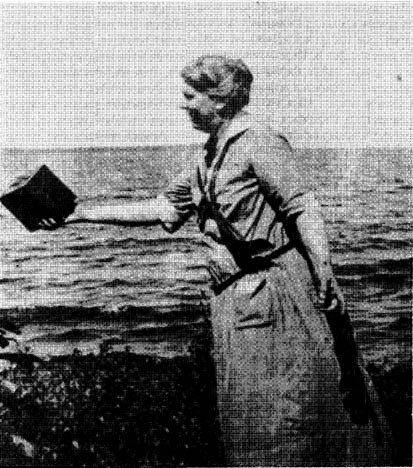
FRANCES DENSMORE AT MILLE LACS LAKE
Although she wrote down the song that Little Spruce sang for her, Densmores interest was drawn as much to the surrounding Indian culture as to the music. In 1907 she published an article in American Anthropologist setting down the details of the Grand Medicine ceremony she had witnessed at the house of Little Spruce. Already she had begun the meticulous practices she would follow in her field work for the rest of her life: keeping detailed notes and making photographs to document her observations of Indian customs.
The opportunity provided by field work to study the whole context of Indian life greatly expanded Densmores horizons. Before she visited Indian people herself, she had given lectures on Indian music based on Fletchers work. She gave the first of these lecture-recitals, in which she accompanied herself on the piano, before the Schubert Club of St. Paul on December 4, 1895, performing harmonized arrangements of songs from Fletchers transcriptions of Omaha music. After 1903 Densmores performances gained a measure of authenticity when she acquired a drum and four birch-bark medicine rattles used in Chippewa medicine rituals. Her work changed radically after her trip to the north shore in 1905. At that point, having heard it at firsthand, she begain to evolve a sense of Indian music on its own terms and to depart gradually from her dependence on what she had learned from the work of others. Through her own field experience she found what she considered a living culture. Of its music she wrote in 1910: Chippewa songs are not petrified specimens; they are alive with the warm red blood of human nature.


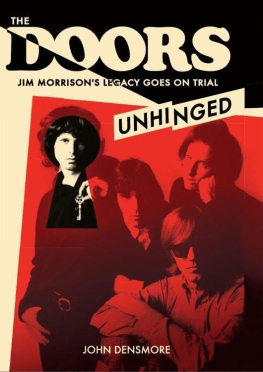


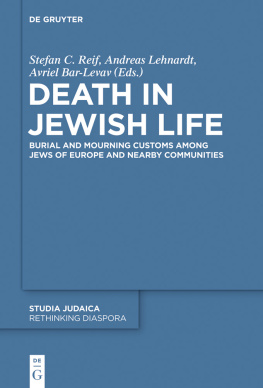

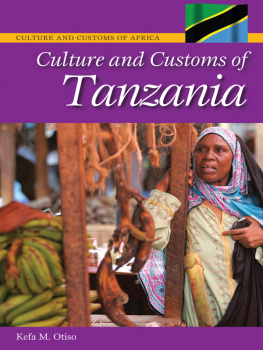
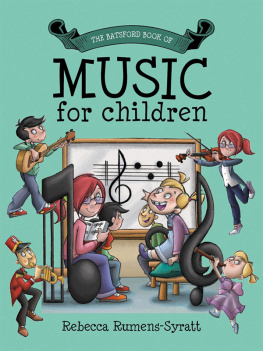


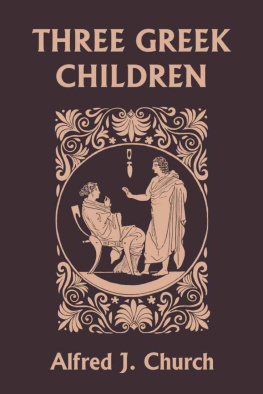


 The paper used in this publication meets the minimum requirements of the
The paper used in this publication meets the minimum requirements of the
